December DIY Inspection Tips (#10-21)
Feb. 1, 2017Do-It-Yourself Inspection Tip #10: Non-GFCI Outlets
Ground Fault Circuit Interrupter (GFCI) outlets are designed to keep you safe while using electricity in areas where exposure to water is likely, particularly bathrooms and the house exterior. In houses built prior to 1990 it is common to find non-GFCI outlets in these areas. GFCI outlets can usually be identified by two buttons on the outlet itself (Test / Reset). It is a low-cost improvement to replace existing outlets in bathrooms and outside the home with GFCI.
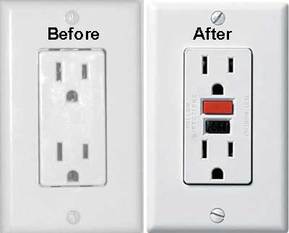
Do-It-Yourself Inspection Tip #11: Insufficient Grade Slope
The ground around your house should slope down and away from the foundation structure to allow adequate drainage and prevent damage caused by water saturating the soil and exerting excessive pressure on the foundation wall. It is very common to find that the ground slopes in toward the house, or is too flat. If you get down low and look at the ground horizontally, you want to see a discernible slope away from the house. Technically there should be at least a 1-inch slope per foot of distance within 5-7 feet of the structure. It can be slightly less for impervious surfaces like concrete or asphalt.
If the ground is too flat or has a negative slope, re-grading would be a good idea - even if no foundation issues have presented yet (significant foundation movement is often extremely expensive to repair). If space around the house does not allow for conventional re-grading, a qualified contractor can offer other drainage solutions to compensate.
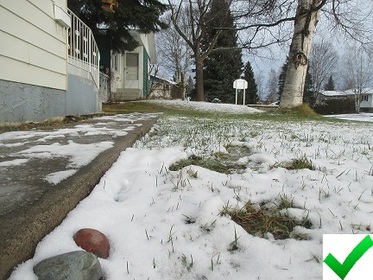
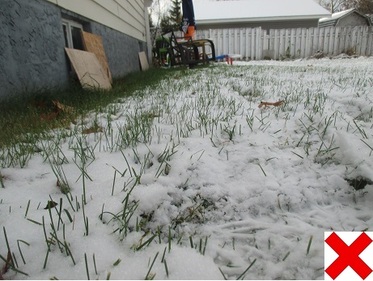
Do-It-Yourself Inspection Tip #12: Openings In Breaker Panel
It is quite common to see that "knockouts" in the front or sides of the breaker panel have been removed for breakers or wiring, and some of the openings remain unfilled. This is a life safety hazard because it allows immediate access to electrically live components inside the panel. Imagine the power goes out, the room is dark - so you might feel around the panel to locate the breakers. This can easily become fatal if you manage to touch something inside the breaker box.
If these holes are present, does that mean you need a new breaker box? Not at all. Low-cost plugs designed to fill these openings are available at your local hardware store.
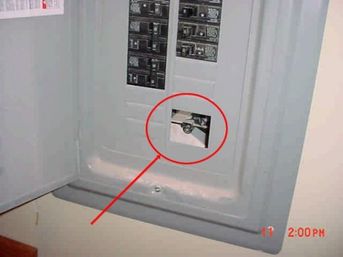
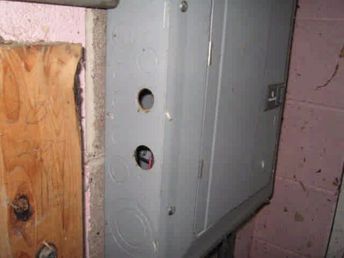
Do-It-Yourself Inspection Tip #12: Missing / Loose Handrails
Check all the stairs inside and outside your home. Anything with three or more steps should have a handrail, and any edge with more than a 24-inch drop should have a guardrail. All existing rails should be tight and secure so they can support saving someone from a fall, and missing rails should be installed as this is both a safety and liability issue.
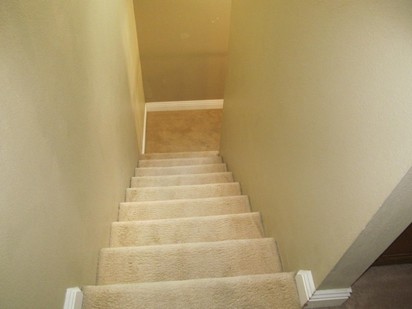
Do-It-Yourself Inspection Tip #13: Foundation Form Tie Holes
If enough foundation wall is visible around the exterior of your home, you will find form tie holes. These are a normal result of constructing the foundation wall. In northern climates these small holes are known leakage spots, especially in spring while the snow is melting. It is common to find that these holes have not been sealed - also, sometimes nails or broken shards of steel remain extruding from some of these holes, which is a child safety hazard.
We recommend sealing visible form tie hole openings to prevent water intrusion, and grinding down any sharps extruding from them for child safety.
o-It-Yourself Inspection Tip #14: Condensation / Ice On Windows
In cold weather you might find condensation forming on the interior of windows, sometimes resulting in ice build-up. This happens for two reasons: 1) the interior pane of glass is very cold, and 2) there is excessive humidity in the house air. When moisture in the ambient air comes into contact with a cold enough surface, the moisture will condense from a gas to a liquid - forming droplets of water on that surface. If the window is cold enough, those droplets will freeze. This is more common to find on single-pane windows, or double-pane windows with a broken seal, which greatly reduces the R-value associated with having two panes of glass. The condensation itself can cause rot damage to the window frame, which is expensive to repair. Also, the condensation pointing toward excessive humidity poses a concern on its own, as humidity and moisture can create issues with concealed mold growth.
To prevent rot damage to the window frame, you can install plastic over the window - but it needs to be dry when you do this (you may need to spend some time with a blow-dryer), or fungal growth will occur. The plastic will act as a "vapor barrier", which prevents moisture in the air from contacting the cold glass in the first place. Here is an instruction video on how:
https://www.youtube.com/watch?v=-ZokMVGHpXI
To address the humidity issue and prevent mold growth, you want to address the sources of humidity as much as possible, and use ventilation. Here are a few things you can do:
1) If you have an earth-floor crawlspace, install plastic over it as soon as possible (moisture from the soil entering the house air can amount to gallons of water every day).
2) If you have a sump pit in the basement, make sure it has a sealed cover.
3) Use the bathroom fan when you have a shower, and leave it running for at least 30 minutes afterward. Install a fan if you do not currently have one.
4) Use the hood vent when cooking (arrange it to vent outside if it does not - often they re-circulate air back into the kitchen).
5) Do not hang-dry laundry in the house.
6) Purchase a stand-alone dehumidifier.
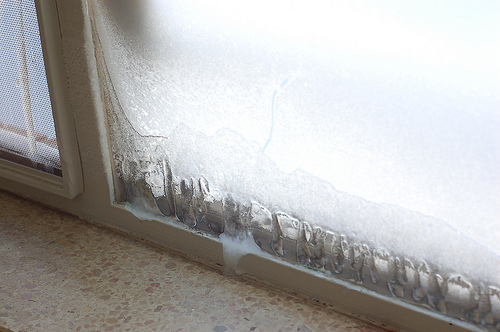
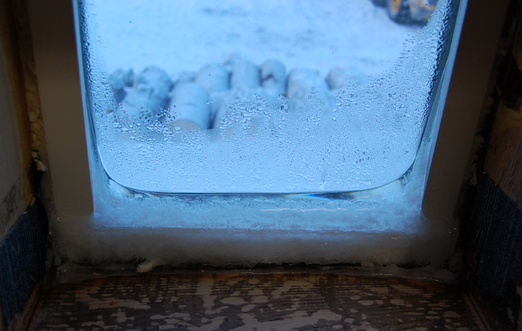
Do-It-Yourself Inspection Tip #15: Masonry Chimney Deterioration
When inspecting masonry chimneys, it is common to find "spalling" (masonry surface flaking or crumbling) and mortar joints cracking or falling out altogether. It is also common to find that the concrete top ("coping") has cracked. This damage is usually caused by freeze/thaw cycles - water being absorbed into the masonry components, freezing and expanding in cold weather, and then thawing and contracting in warm weather. Damaged masonry may allow water to infiltrate into the home, and also can result in structural collapse of the chimney once it becomes severe enough.
If you have a masonry chimney and it is showing any signs of damage, we recommend a qualified contractor repair it to prevent water entry and further deterioration.
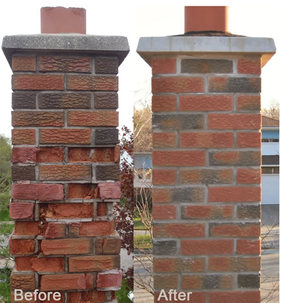
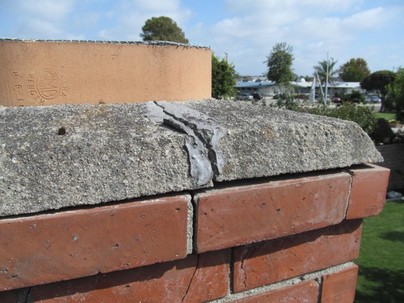
Do-It-Yourself Inspection Tip #16: Furnace Shut-Off Switch
Every furnace should have an emergency shut-off switch (usually looks like a light switch). It is common to find this located at or near the furnace because this configuration is easier to wire, but it should be located at the bottom of the basement stairs or entrance into the area (if there is no basement). If the furnace is malfunctioning, you should not have to go near it to shut it down.
Find your shut-off switch. If it is located near the furnace or is not installed at all, we recommend a licensed professional evaluate and estimate rearrangement for safety.
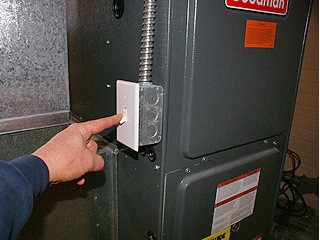
Do-It-Yourself Inspection Tip #17: Shrubs
Shrubs planted too close to your home pose three issues. 1) The roots may hold water against the foundation wall, which can cause damage (especially when the soil freezes), 2) they may provide cover for a burglar if planted near a window, and 3) they can cause abrasion damage if in contact with the siding (due to movement from wind).
We recommend replanting shrubs and bushes at least three feet away from the house to help prevent these issues.
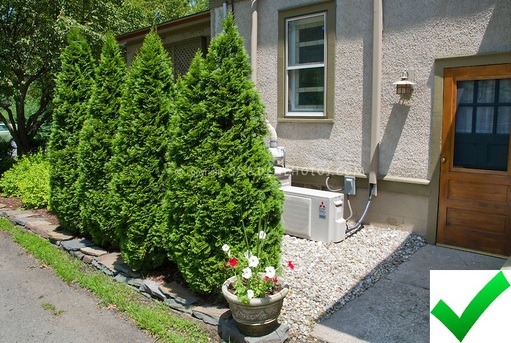
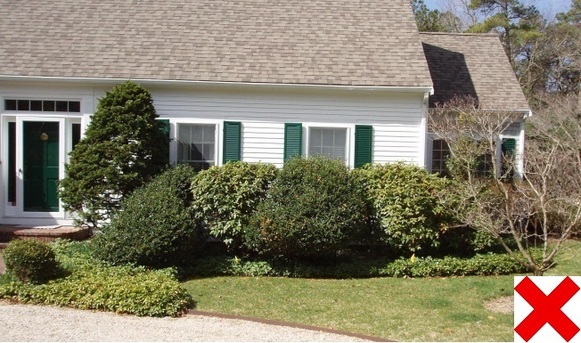
Do-It-Yourself Inspection Tip #18: Service Line
For homeowners who have an above-ground electrical service (power line running from a pole at the street to a mast on the house), it is important to keep an eye on any adjacent trees. Tree branches should never be in contact with the service line itself because movement of the branches can cause abrasion damage to the wires, potentially exposing the bare wire inside the cable. If the tree contacts a live bare wire, it can become electrically live itself, which is a life safety hazard.
If tree branches are in contact with the service line (or are quite close), we recommend improvement by a qualified professional for safety. Contact your municipality for information - the city is usually responsible for the service line up to the point of connection to the house itself.
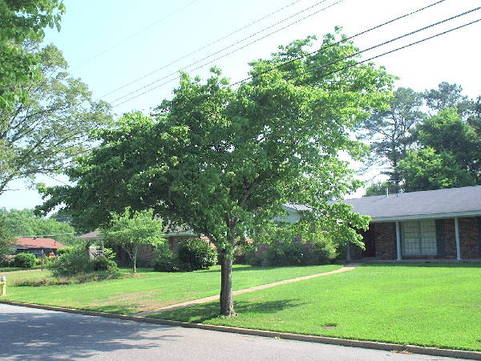
Do-It-Yourself Inspection Tip #19: Guardrail Child Safety Hazards
Check the existing railings inside and outside your home. The spindles (vertical components) should not be spaced more than 4 inches apart. Also, look for "climbable" components - horizontal sections should be limited to the very top and very bottom of the spindles. Wide spacing and climbable components are common child safety hazards and should be improved immediately if present.
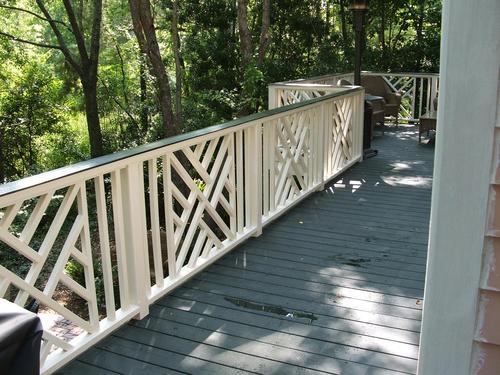

Do-It-Yourself Inspection Tip #20: Exterior Wood Trim
Be sure to maintain exterior wood trim and siding materials by painting every 3 to 4 years. Paint helps the wood resist deterioration caused by exposure to water and UV-rays. This is especially important for wood windows because once they rot, they have to be replaced.
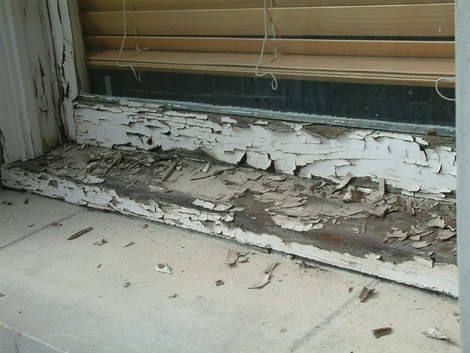
Do-It-Yourself Inspection Tip #21: Attached Garage Gas-Tightness
If your garage is attached to your home and you use it to park vehicles, it is very important that the walls and ceiling common with living space are gas-tight. Look for penetrations, holes, unsealed joints or gaps and uncovered air ducts running through the garage. These may allow Carbon Monoxide from vehicle exhaust into the home, which is a life safety hazard.
If it appears your garage is not gas-tight, we recommend you do not use it to park your vehicle until a qualified contractor has made improvements to make it safe.
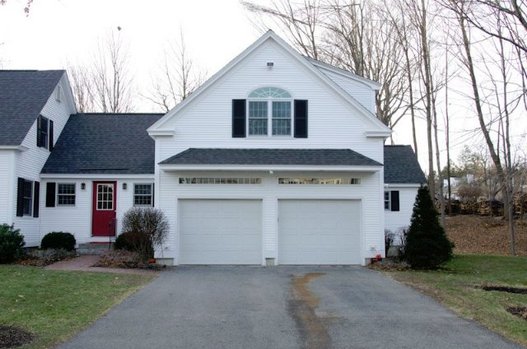
Written by:
DONOVAN ILLIG
Home Inspector & Residential Environmentalist
Premium Home Inspections Ltd.
250-617-3378 | donovan@premiumhi.net
CPBC License #71217



